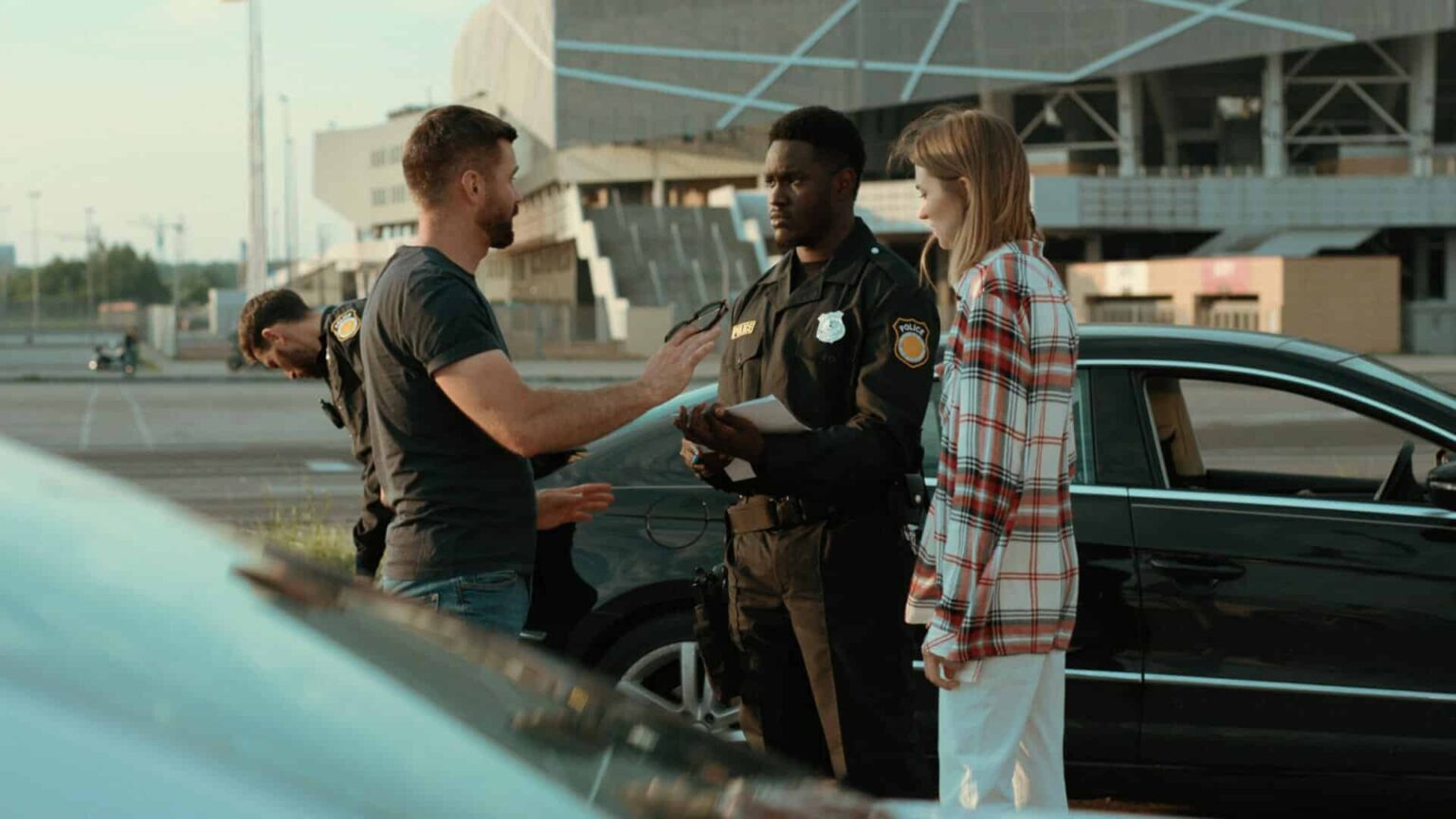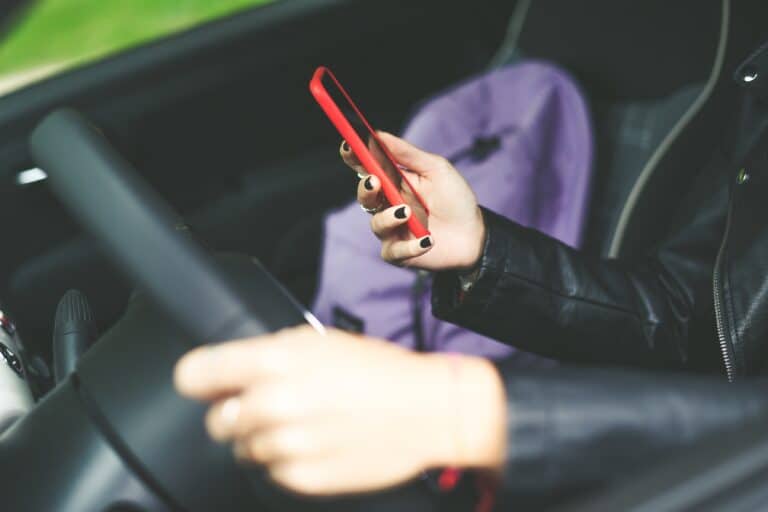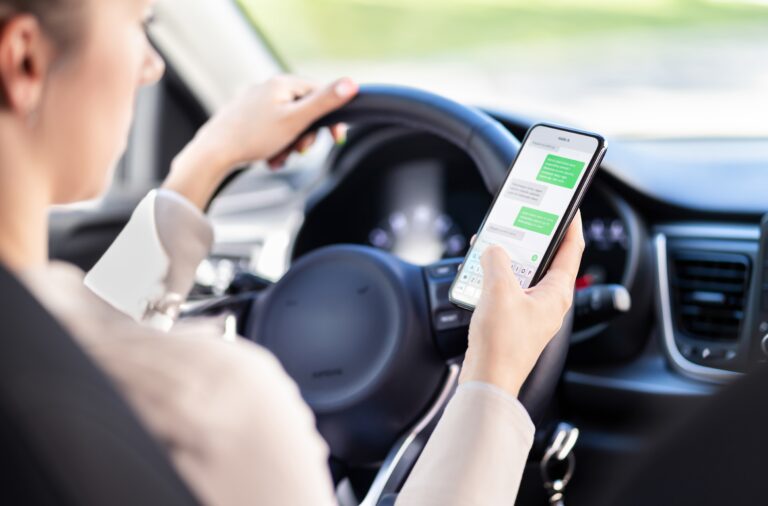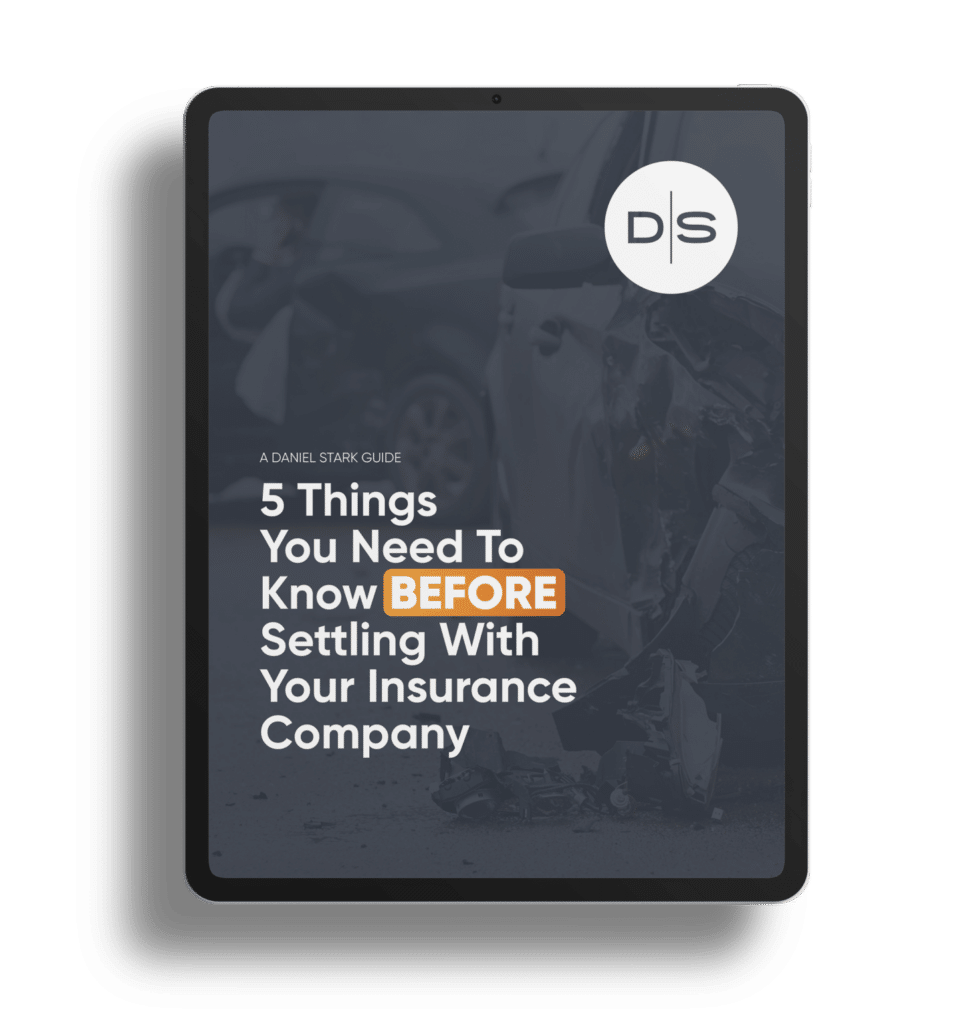In personal injury lawsuits, strong evidence is key for a successful case.
Evidence provides concrete proof of your injuries, property damage, and the negligent actions of the responsible party. Having evidence significantly increases the likelihood of recovering the full value of your case.
To ensure a successful personal injury claim, it’s essential to gather key pieces of evidence as soon as possible after sustaining an injury. Here are some examples of critical evidence that you should collect:
1. Photograph Physical Evidence
To gather compelling evidence for your case, we strongly recommend taking photos of the incident and any contributing factors that may have caused or contributed to your injuries.
For example, in a slip-and-fall case, property owners typically repair the problem immediately, making it challenging to provide evidence afterward. By acting quickly and capturing visual documentation of the event, you can support your legal case and help establish a strong argument in your favor.
When gathering physical evidence, be sure to take photographs of any relevant items. For instance, a damaged car. Also, capture images of any environmental factors that may have contributed to the incident, such as malfunctioning traffic lights, debris on the ground, road conditions, and skid marks.
While documenting a car wreck scene, capture photos from various angles, including your own perspective right before the collision. It is important to photograph your visible injuries. If you are unable to take pictures yourself, seek assistance from a witness.
Remember to include the date and time in the image file.
2. Find Video Footage
Video footage can also strengthen your personal injury claim, including footage from nearby businesses, security cameras, or eye witnesses.
If you sustain an injury on or near someone else’s property, we recommend asking whether any doorbell cameras recorded the incident. Additionally, dash cam footage from the injured party, opposing driver, or eyewitnesses can serve as crucial evidence in car crashes.
A high-quality dash cam can often provide reliable evidence of a motor vehicle crash. When selecting a dash cam, consider the cam’s resolution, ease of use, and mounting options that comply with state laws.
Smartphone footage can also be helpful in proving someone else’s negligence.
3. Record Your Personal Account
After an injury, record everything you can recall about what happened as soon as possible. This personal description of the event can help your attorney understand the full circumstances surrounding the incident in your claim.
Recording a voice memo or writing down detailed notes can help you recall details later. Be sure to include specifics like how the event occurred, the injuries you sustained, and any impact on your daily life.
If you’re involved in a car crash, take note of the date, time, and location, as well as any hazards that may have contributed to the collision. Keep a journal documenting the effects of the event, such as missed work, chronic pain, and anxiety.
Whether you were involved in a vehicle crash or suffered from medical malpractice, your account plays a critical role in the outcome of your case.
4. Gather Witness Statements
Gathering witness statements is an important step in building a strong legal case. Witnesses who saw or have information about an event can provide valuable insight for your personal injury claim.
We recommend collecting contact information from potential witnesses, including bystanders, customers or employees of local businesses, drivers and passengers in uninvolved vehicles, and people in nearby homes and businesses.
You can ask witnesses to write down the details of what they observed after the incident occurred or record their oral statements on a device.
5. Request Medical Records
We recommend requesting your medical records as soon as possible. For example, in dog bite cases, medical records from your visit to the emergency room can offer evidence of the damage to your body and your mental state after the event.
Medical records may include medical bill receipts, lab results, discharge instructions, clinical records, diagnostic reports and treatment plans, rehabilitation reports, and prescriptions.
It is also helpful to have a list of all medical professionals who interacted with you during your hospital stay, including doctors, surgeons, nurses, and other hospital staff. Remembering their names and roles, as well as the details of conversations you had with them, can provide additional support for your claim.
Be sure to keep receipts for any equipment purchased to aid in your recovery, such as crutches or a wheelchair.
6. Request a Police Report
Police reports can be an essential piece of evidence in personal injury claims, particularly in motor vehicle crashes.
Typically, the report will contain information about all individuals involved in the collision, the injuries sustained, the crash location, a summary of weather and road conditions, statements from witnesses and those involved, and any conclusions drawn by the responding officer after investigating the scene of the crash.
After leaving the scene, you can request a copy of a police report from the police department or law enforcement office. However, don’t assume that an officer will document everything important to your case.
7. Track Lost Income and Opportunities
If you want to recover lost income and opportunities resulting from injuries due to someone else’s negligence, you can request a letter from your employer. This letter should include your job title, rate of pay, work hours, missed days, dates, lost wages, and benefits used.
Self-employed individuals should also document missed jobs and opportunities.
The Benefits of Seeking Legal Assistance
Seeking the assistance of a qualified attorney is essential when pursuing a personal injury claim. An attorney can help you gather all necessary evidence to present the strongest case possible.
If you or a loved one have been injured due to someone else’s actions, contact a qualified personal injury attorney today.










